The Joy of Speaking Spanish
Twenty-five percent of American Latinos don’t speak Spanish, because they can’t. The erosion of Spanish and other heritage languages will continue to be make it challenging for the United States to build its international language capital (see Episode 9). On the positive side, an estimated 2.8 million non-Latinos speak Spanish. I aim to be one of them.

Martha Gonzalez, Age 16, Grandmother of Mario Bravo
For almost 10 years I’ve been studying the language, and while my progress has been embarrassingly slow, I am falling ever more deeply in love with my adopted language. In our 10th episode of the America the Bilingual podcast, producer Fernando Hernández and I talk about some of the delights I’ve encountered along the camino to Spanish—one delight in a most unlikely location.
Then Fernando has a conversation with my wise friend Mario Bravo. Like Fernando, Mario is from Mexico. He discusses some of his favorite dichos or sayings and why they provide such windows into culture.
America the Bilingual is a storytelling podcast for people who think bilingualism is good for themselves, for their families, and for their country. Listen on iTunes by clicking here:
Or listen to this SoundCloud episode below:
I’ll let you know about future episodes on Twitter as well.
What you already know
Most Americans already know at least one Spanish dicho: Mi casa es su casa (My house is your house.) Mario Bravo recounts some of the dichos his grandmother, Martha Gonzalez, passed on to him while he was a teenager in Mexico City. They have no ready parallels in English:
Agua que no has de beber, déjala correr. (Water that you’re not going to drink, let it run.)
Con dinero baila el perro. (With money the dog dances.)
Camaron que se duerme, se lo lleva la corriente. (A shrimp that sleeps will be carried away by the current.)
Arbol que nace torcido, jamas su tronco endereza. (A tree that grows crooked will never straighten.)
Will the US count the most Spanish speakers of any country?
According to the Cervantes Institute, the United States now contains the second largest population of Spanish speakers, having outnumbered Spain and trailing only Mexico. There is some speculation that by 2050 US Spanish speakers will outnumber Mexico, but Pew reports that the rate of Spanish loss may be happening faster among American Latinos than among prior generations of immigrants.
More troubling data come from the Modern Language Association. While Spanish is still the most popular language studied in American colleges, with more enrollments than all other languages combined, it has begun to decline. It is the first time a decline has been reported in Spanish language classes since 1950, the year the MLA began measuring college language enrollments. It appears to be part of an overall decline in language learning.
Two American Presidents Advise Learning Spanish
Thomas Jefferson wrote to his future son-in-law and advised learning French and Spanish, especially for an American: “Our connection with Spain is already important and will become daily more so.”
When Barack Obama was running for president, he also advised parents to make sure their children learn Spanish.
To my way of thinking, our country is fortunate indeed that Spanish is our second most common language, partly for the vast numbers of speakers we can talk to. According to Ethnologue, humans who speak Spanish as their first language number about 437 million, second only to Chinese and above native English speakers, which number 372 million.
But beyond the numbers, I find the sheer beauty of the language, and the warmth of the Spanish speakers a continual delight. It is the language of Nobel laureates and of waiters who are happy to speak to me when I tell them I’m learning their language. For those wanting to learn about the history of Spanish, including why it’s so wonderfully easy to spell, I recommend The Story of Spanish by Jean-Benoit Nadeau and Julie Barlow.
Credits
The American the Bilingual podcast is part of the Lead with Languages campaign of ACTFL — The American Council on the Teaching of Foreign Languages.
This episode was written by me, Steve Leveen, and our producer Fernando Hernández, who also does sound design and mixing. Associate producer is Beckie Rankin. Editorial consultants are Mim Harrison and Maja Thomas. Graphic arts are created by Carlos Plaza Design Studio.
Music in this episode with a Creative Commons Attribution License by:
Kevin Macleod — Quasi motion
Francisco Penilla — Chicle bombita
Lee Rosevere — More on That Later,
Art of Escapism — Little by little


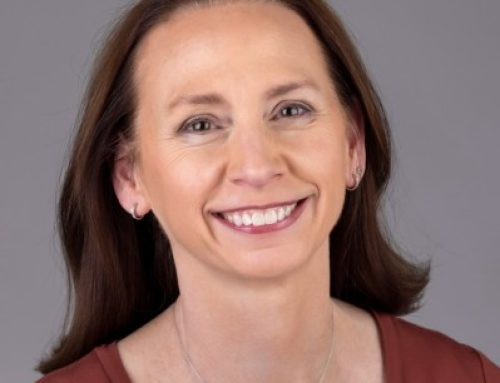
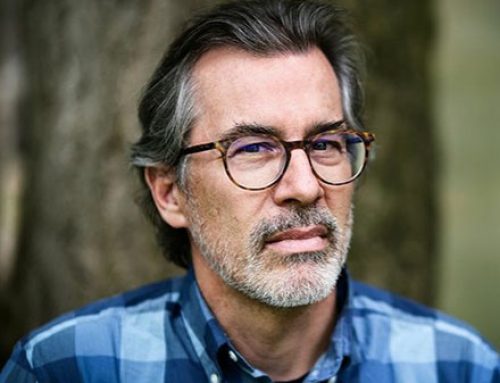
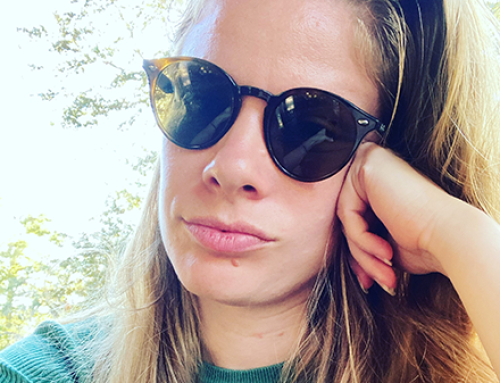

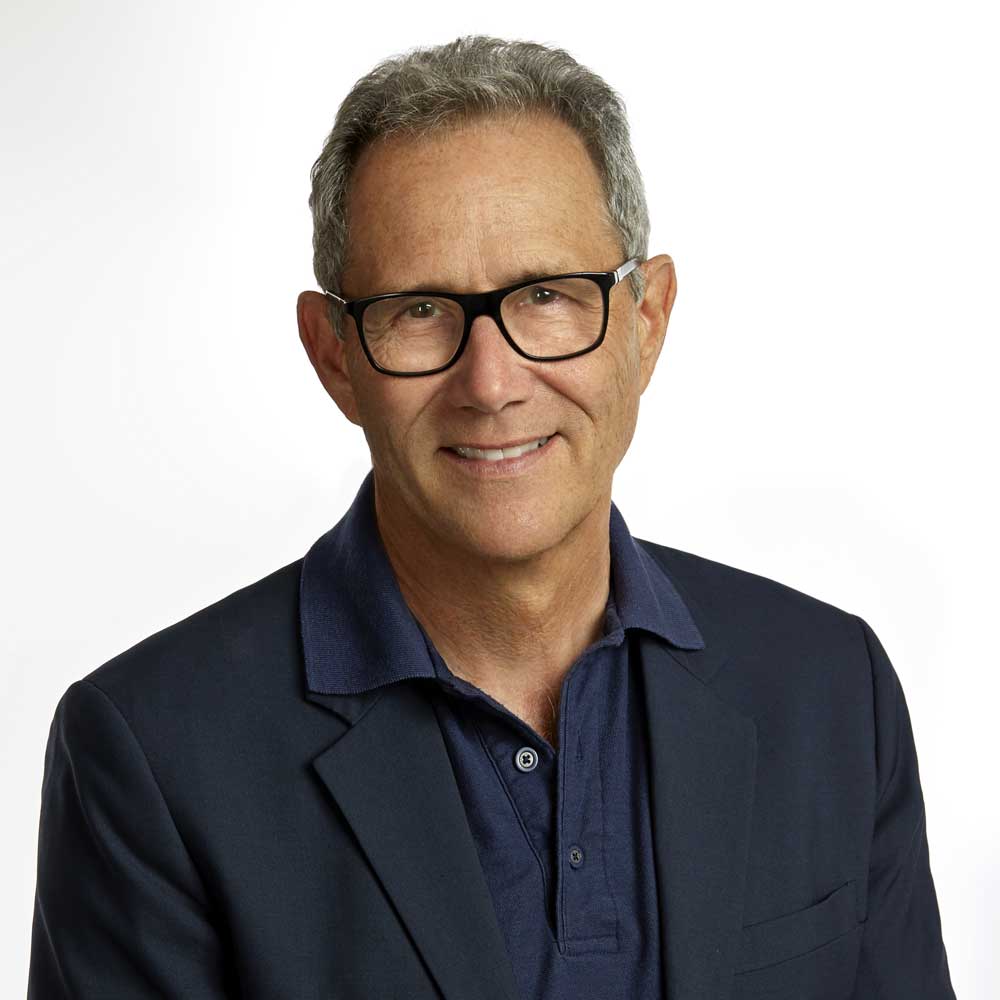 You can book Steve for many different audiences
You can book Steve for many different audiences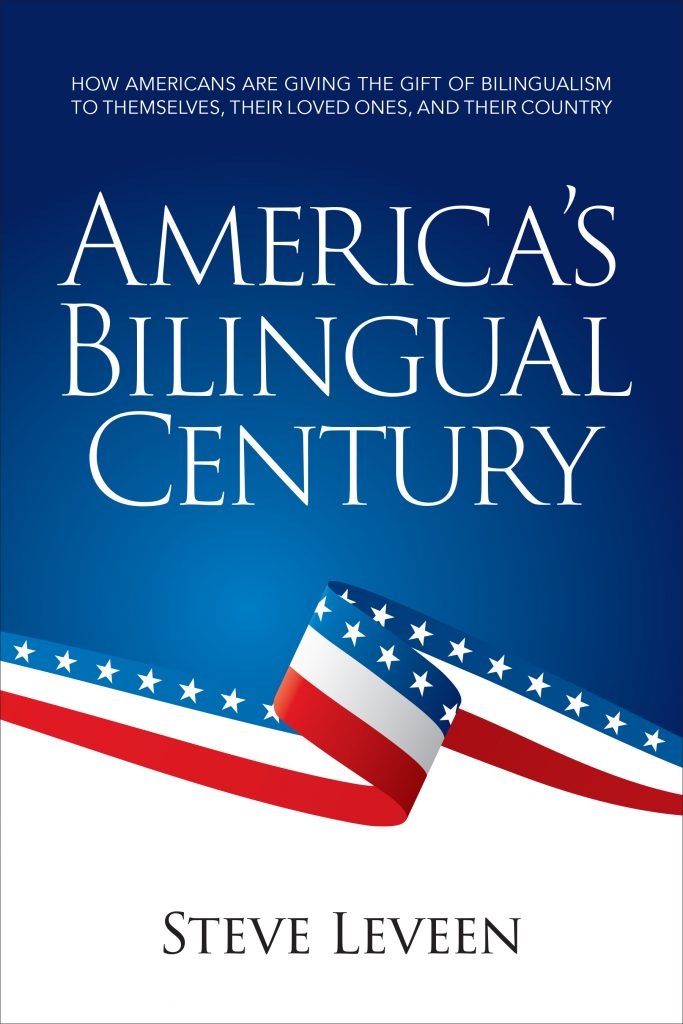
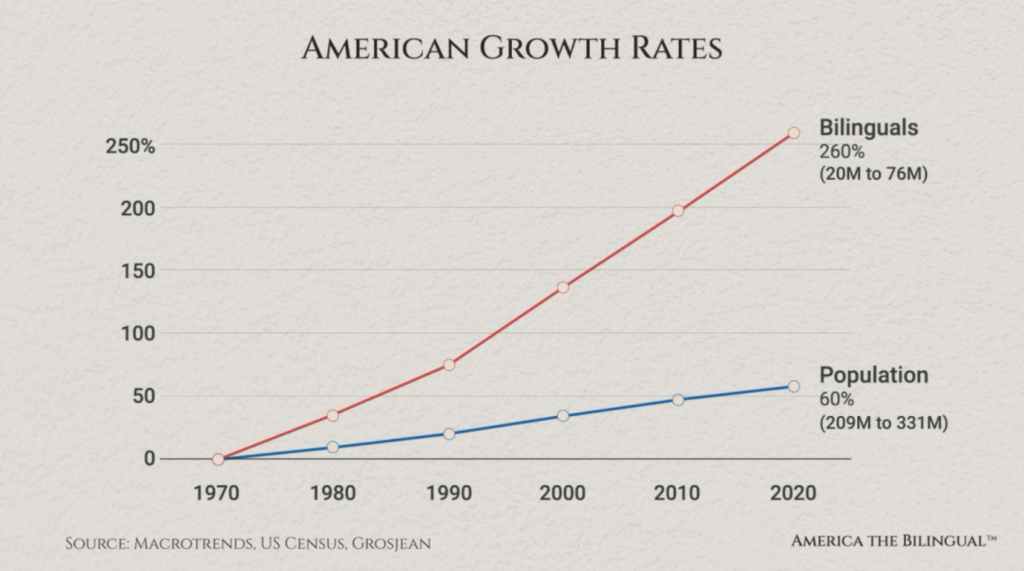
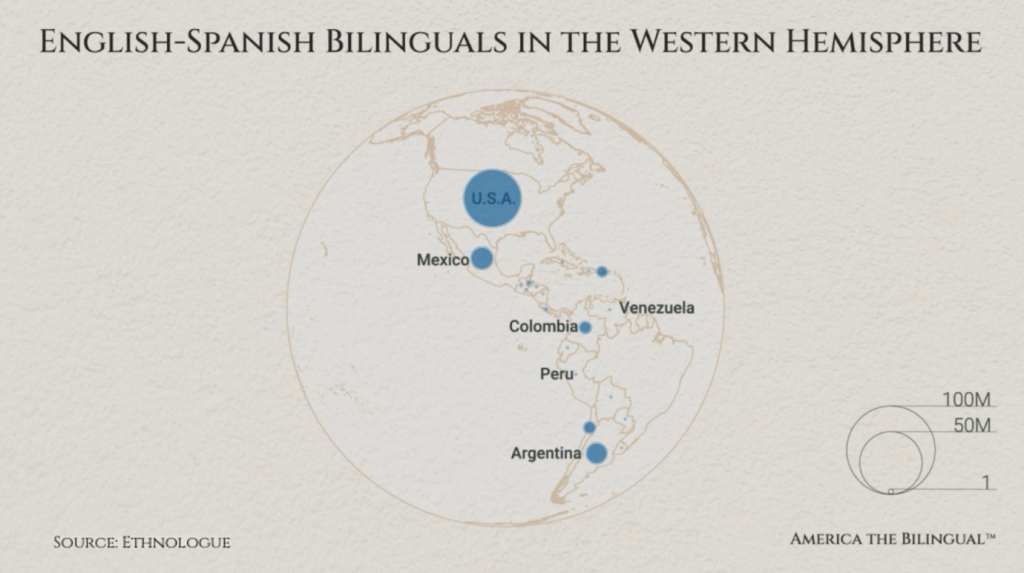


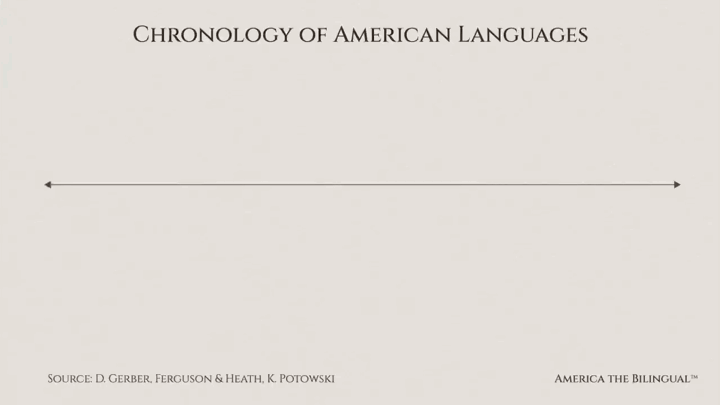


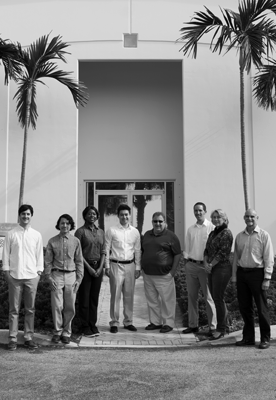
 First, know that she has one of those glorious English accents (or what all of us who are not English would call an accent), which makes her a natural for the audio book narration that she does. Although U.S. born, Caroline grew up in England and studied literature at the University of Warwick (fyi for American ears: that second “w” is silent).
First, know that she has one of those glorious English accents (or what all of us who are not English would call an accent), which makes her a natural for the audio book narration that she does. Although U.S. born, Caroline grew up in England and studied literature at the University of Warwick (fyi for American ears: that second “w” is silent).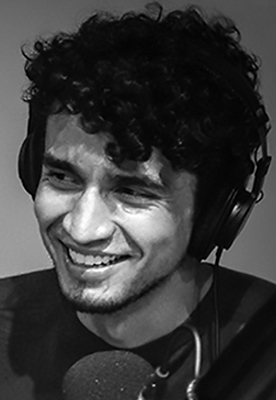

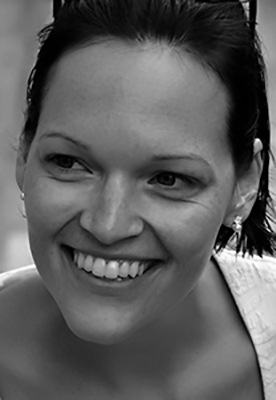

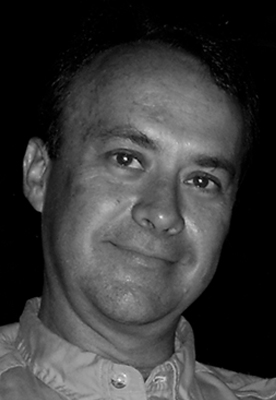
Leave A Comment